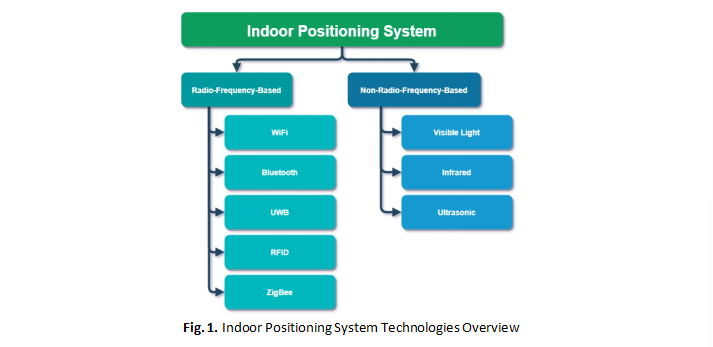Environmental Impacts on the RSS-Based Visible Light Indoor Positioning System
DOI:
https://doi.org/10.37934/araset.55.1.6381Keywords:
Indoor positioning system (IPS), Visible light, Non-line-of-sight (NLOS), Received signal strength (RSS), TrilaterationAbstract
To address the shortcomings of the global positioning system (GPS) operating within indoor scenarios, a range of indoor positioning systems (IPS) have been proposed. Among these, visible light IPS garners substantial research interest for its potential as a cost-effective IPS solution. However, susceptibility to environmental influences like external light and non-line-of-sight that can significantly affect its performance hindered its adoption. Hence, a simulation framework capable of simulating these influences becomes crucial in supporting the effective deployment and promoting the adoption of visible light IPS. This paper investigates the feasibility of using a simulation framework to replicate environmental factors affecting the system, including external optical sources and blocked transmitters. The research involved the development of a received signal strength (RSS) based visible light IPS prototype and an associated simulation framework. Subsequently, the prototype was tested in three distinct environments: no influences, with an external optical source, and non-line-of-sight. The prototype achieved an accuracy of 0.0836 m, 0.3541 m, and 1.1519 m for 50% of the time respectively in these three environments. Ultimately, the simulation framework developed is capable of reproducing similar effects for all three environments with a difference in the accuracy of 76.08%, 74.86% and 867%, respectively. Thus, the findings support the use of the developed simulation framework for the effective development of visible light IPS in environments with no influences and with external optical sources.
Downloads





























